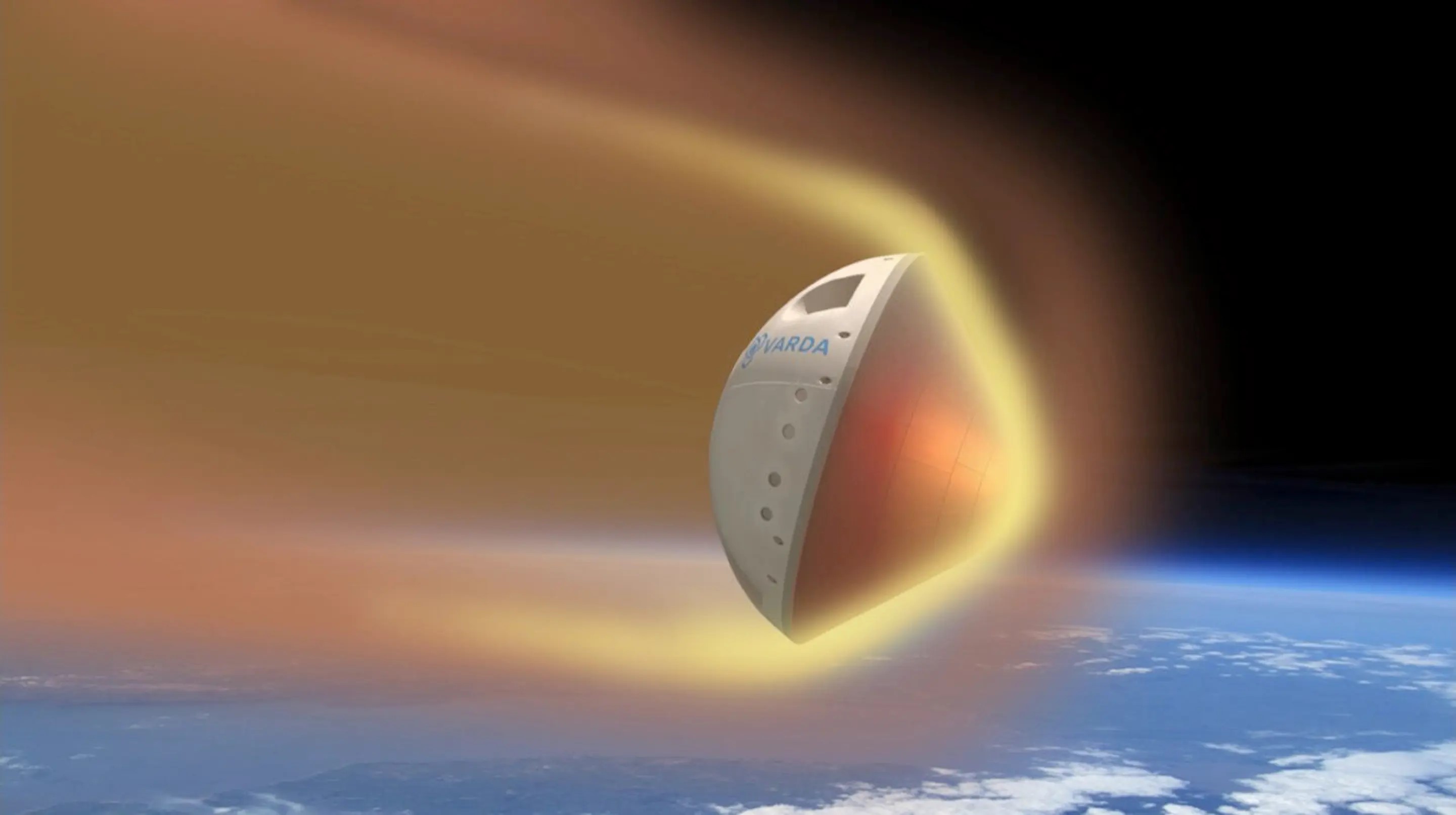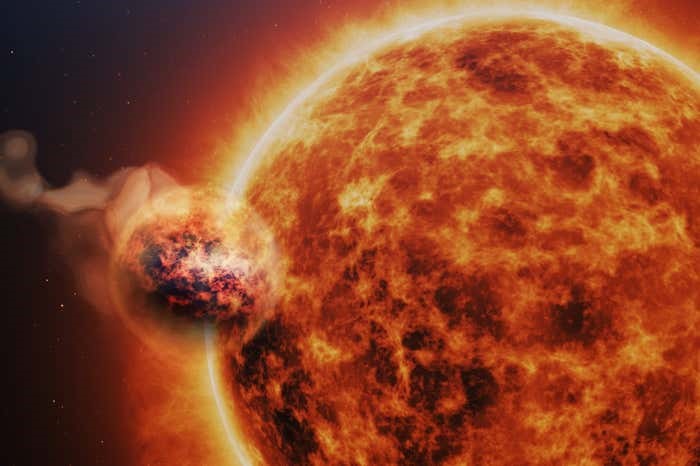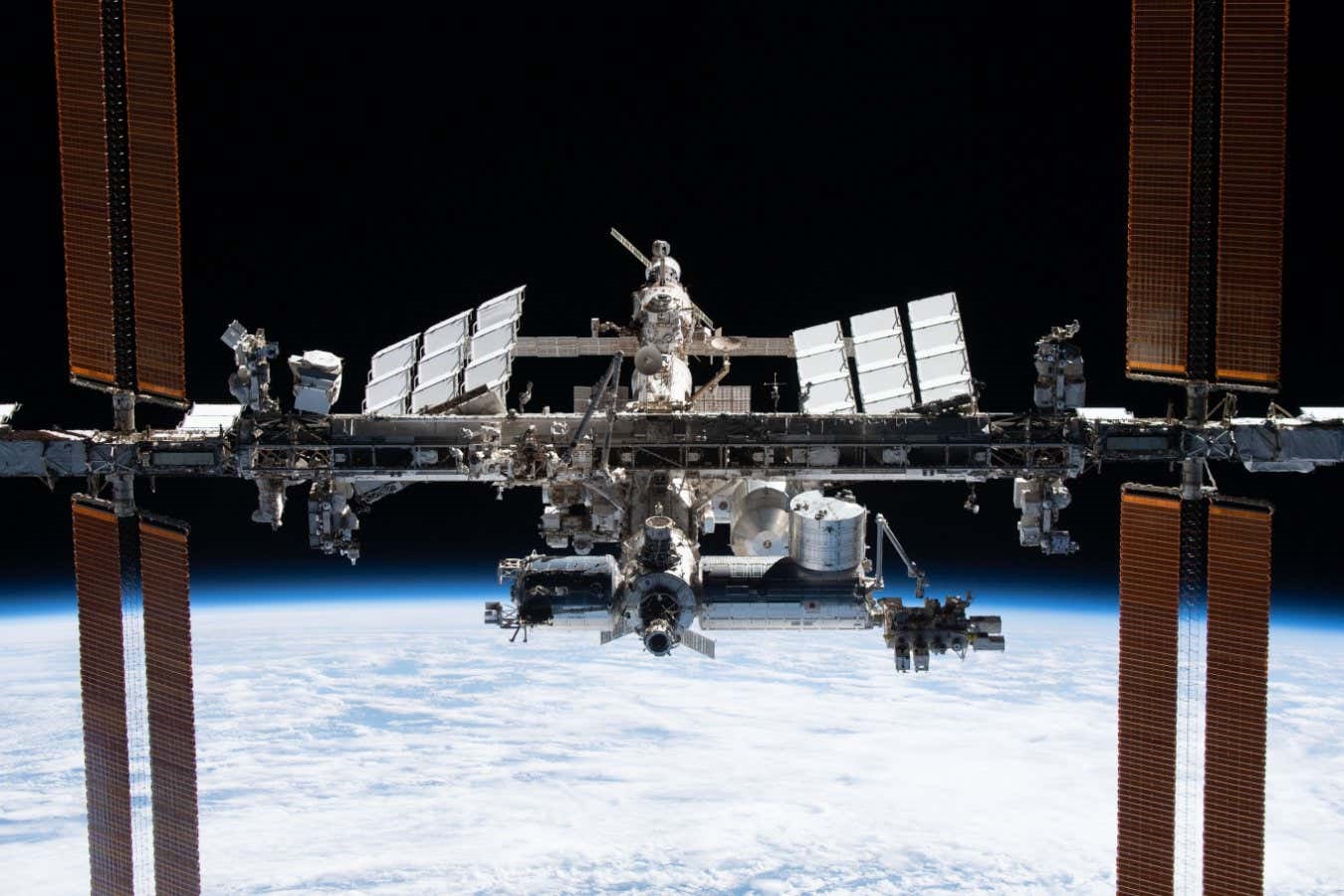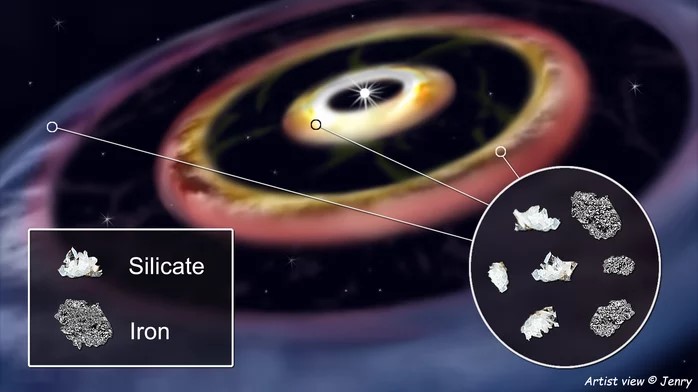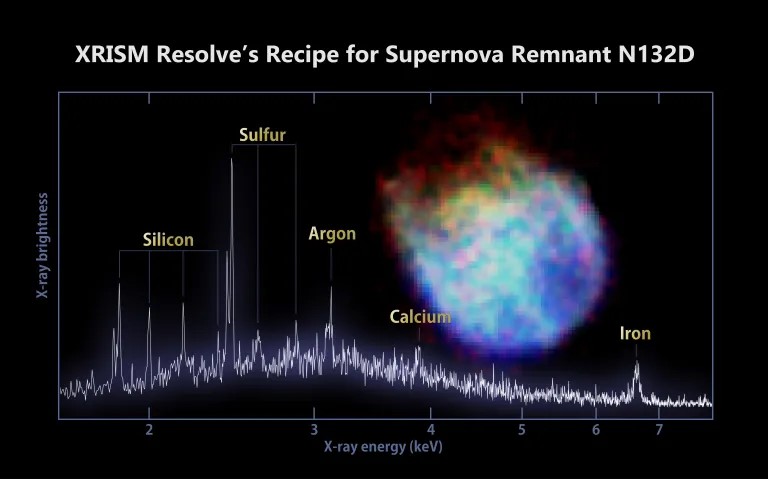Newfound 'Moon' Around Asteroid Dinkinesh Is Actually Two Tiny Moons Touching
During NASA's Lucy spacecraft flyby of the asteroid Dinkinesh, an unexpected discovery was made—a satellite. However, upon closer examination through additional images, it was revealed that the apparent satellite is, in fact, two rocks loosely connected to each other.
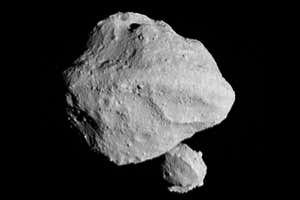
Figure 1.Newfound 'Moon' Around Asteroid Dinkinesh Is Actually Two Tiny Moons Touching
Figure 1 shows Newfound 'moon' around asteroid dinkinesh is actually two tiny moons touching NASA's Lucy spacecraft made a remarkable discovery during its flyby of the asteroid Dinkinesh—the identification of a newfound moon, which is a contact binary consisting of two objects lightly touching at their ends. This marks the first instance of such a binary being found orbiting an asteroid. [1] Initially named Selam, this moon was thought to be a single object during the flyby on November 1. However, as Lucy transmitted more data to Earth, it became evident that Selam is comprised of two similar-sized rocks connected at the end, forming a peanut-shaped structure.
The unexpected nature of this bilobed satellite has left scientists intrigued and eager to unravel its mysteries. Hal Levison, head of the Lucy mission at the Southwest Research Institute in Colorado, expressed surprise at the discovery, stating, "There are several things about it that I just don’t understand."
The discovery of the binary system, Selam, has posed intriguing questions for scientists. According to Hal Levison, head of the Lucy mission, the processes believed to shape such small satellites do not typically result in multiples of the same size. Additionally, for the two objects to be connected in the observed manner, rather than fully merged, they would have had to collide at extremely low speeds. Selam's peculiar characteristics challenge current understanding of how solid bodies evolved into planets, turning these small celestial bodies into a unique laboratory for studying fundamental physics related to planetary formation. Levison suggests that Selam's anomalies may indicate discrepancies in existing theories about the processes involved in planet formation.
As the Lucy spacecraft continues its mission, it is scheduled to visit eight more asteroids, including one in the main asteroid belt and seven asteroids known as Trojans that share Jupiter's orbit. [2] Hal Levison, head of the Lucy mission, anticipates more discoveries and surprises, stating that each system is unique, having undergone distinct evolutionary processes. He expresses the expectation of finding unexpected phenomena as Lucy explores these celestial bodies, emphasizing the potential for uncovering new insights into the diverse and complex evolution of asteroids.
References:
- https://www.newscientist.com/article/2401710-newfound-moon-around-asteroid-dinkinesh-is-actually-two-touching-rocks/
- https://www.livescience.com/space/asteroids/newfound-moon-around-asteroid-dinkinesh-is-actually-two-tiny-moons-touching
Cite this article:
Janani R (2023), Newfound 'Moon' Around Asteroid Dinkinesh Is Actually Two Tiny Moons Touching, AnaTechMaz, pp.7





